Understand Figurative Language By Using Idioms OutdoorsWhen I think about figurative language and idioms, I immediately think of Amelia Bedelia and all the things she did literally rather than as intended because she didn't understand figurative language. This made me think of how often we speak literally and what it must be like for those who are new to the English language. They must think we are completely crazy at times. As I was thinking about using this form in speaking and writing, I thought it might be fun to actually take things a bit further. Imagine pretending to be Amelia Bedelia and acting out the idioms literally. This could be a lot of fun for the kids and it would help them to better understand what we mean and what the literal translation would be for others. In Amelia Bedelia, Mrs. Rogers tells Amelia to "do just what the list says". This will be the message used for the following examples and activities. Have fun trying any or all of them out. After trying out some of the examples, do a follow up activity where you discuss the literal meanings of the phrases and how they were different from what was meant in the stories. Good Work, Amelia BedeliaMr. Rogers was angry and he said, "Go fly a kite". Amelia Bedelia was confused, but she did so.What did he really mean? Have a kite available and then in an angry voice say "GO FLY A KITE!" Have someone go and fly the kite. Mrs. Rogers left a list of jobs for Amelia to do. One of the jobs was to "pot the window-box plants". What did she really mean? Have a pot or two available along with some soil and hand shovels and let kids put some plants in them. Teach Us, Amelia BedeliaAmelia Bedelia filled in for the teacher while she was away. She was given a list of instructions to follow. Here are a couple that could be done outdoors. "Plant a bulb". Have some plant pots and soil available along with shovels and some old light bulbs. Have the kids prepare the pots and add the light bulbs to them. If you have a garden bed, perhaps they could plant the light bulbs there instead. Afterwards, these lightbulbs can be replaced with flower bulbs. "Practice our play" This would be fun to do as an extra recess activity. Afterwards, the kids could actually rehearse a play they might be performing. Math problems with apples would be fun to try outside, especially the subtraction ones. Play Ball Amelia BedeliaRight now is ball season, so many kids will be starting practices or playing ball as part of their gym classes. This would be a great time to have fun trying out a couple of the idioms from this book. "Tag ________ before he gets to second base". Have some ready-made name tags and use them as the person runs from first to second base. "Steal the base". If you have something that is the place holder for a base, you can have someone grab it and run with it. "Run home." This one could be running back into the building. This is only a small sampling of the activities that Amelia Bedelia did in the various books, but it is a fun way to see how literal and figurative language is different and get outside as well. It might be fun to try out some other activities that can be done in the classroom or at home as a follow-up activity. I have created a follow-up activity for some of the different idioms listed above. Click the image to check it out. I always had so much fun exploring idioms and other figurative language with my students. I hope you enjoy trying some of these ideas with your students. Related Posts
0 Comments
How Has Money Use Changed?Once the pandemic hit, the way we used money also changed. Because of the fear of spreading the virus through touching things, we started to use debit machines and e-transfers instead of cash for most of our transactions. This is not really a surprise, because even prior to the pandemic in many places people used plastic rather than carrying around cash. One of the problems with using debit cards and credit cards for most transactions, is that kids are not being exposed to cash and its use. Now that things have eased up with the pandemic, cash is being used again. This means that it still needs to be taught so that kids learn how to handle it and use it. We need to help prepare them for using it in the real world. Learning The Value Of CoinsSometimes young children think that the number of coins they have is worth more than the actual value of the coins. For instance, a handful of nickels is often worth less than a few quarters. Understanding the value of coins is important. Counting coins is a great way to better understand how groups of coins work. They learn how many coins are needed to make a dollar. They can also learn about groupings of coins for specific amounts. Making 5 groups of 10 for dimes, 10 groups of 4 for quarters, groups of 20 for nickels, and 5 groups of 10 for pennies helps them to understand how many coins are needed for rolls. From there, kids learn that a roll of pennies is 50¢, a roll of nickels is $2.00, a roll of dimes is $5.00 and a roll of quarters is $10.00. Note: In Canada we no longer use the penny, but it is still a good practice to count them because we sometimes we have American pennies or use them when traveling to the States. Larger denominations can also be counted. In Canada, we have loonies and toonies, but in United States they have dollar bills. Both countries have larger bills such as five, ten, twenty, fifty, hundred. It is important for kids to learn about these larger amounts as well. Money Resources To HelpI have created many different resources for identifying and working with coins and bills in both USD and CDN versions. These are helpful for practicing how money works, but hands-on activities are also important. Creating situations where they can buy and sell things is a a great way to practice using money. My students loved using the school play money and getting the bigger bills for transactions. Games like Monopoly are still very popular today and kids love being able to handle the larger amounts of money as they buy property and collect rent. If you are looking for a complete unit that includes many different aspects of earning money, saving money, spending money and life skills for using money, check out this unit that I created with my grade 3 class. It turned out to be far more successful than I could have imagined when I started it. Kids need to understand money if they are going to be successful with using money in the real world. Check out my related posts below for more information about how kids can be taught to use money in real world situations. Related PostsWho Are Special Ladies?Mother's Day is a time for celebrating special ladies. These could be moms, aunts, grandmothers, foster moms, cat moms, dog moms or any lady that is special and deserves to be celebrated. I know this can be a difficult time for some children, because they may not have a mom or they may not have a situation that they want to celebrate, but we can always find a special lady in our lives, so I would encourage you to help these kids find a special woman that means something to them. Hey, it could even be a teacher. If you are like many teachers, you probably have a stash of dollar store items for creating things. Over the years, I collected many different things for my classroom. I also liked doing crafts with my grandkids, so I collected things for them as well. When a special occasion comes up, I go to my stash and I start to let the creativity flow. I never know what it will be until I start putting things together. Of course, I start with simple ideas like cards or bookmarks, and go from there. Some special cards for Mother's DayHere are a couple of card ideas I put together to show what you can do. I started with a folded shape that opens up to a symmetrical pattern. You can choose any shape you would like, but for the example I chose a hand and a heart. Note: If you are teaching symmetry in math, this is a great activity to practice what has been learned. Another card example was a basic one with a sun on it and a blank page inside for writing a special message. Again, this could be any shape or design, I just felt like using the sun because it was a bright sunny day outside. Bookmarks are easy to make and are fun to use. There are many different types of bookmarks you can try. Here are some with fancy toppers. Just add your own message and you are set. Hint: Laminate the bookmarks after you add the message, but before you add the toppers, so that it is easier for writing out the message. A Unique Flower PotIt is spring time, so there are many different pots available from seedlings that are ready to put into the garden. It is also the time of year when many classes study plants and grow beans or other seeds and then give them as gifts. What better time to decorate pots for the plants to go into. It is actually very easy to make a decorative pot. You can use acrylic paint and create designs on it or you can decopage it. You don't require any fancy materials to do this. I often used wrapping paper cut into small cubes and a mixture of white glue and water. You can buy the commercial product, but the glue mixture works just as well. Once the pot is dry, I spray it with an acrylic spray to give it a shine. Each time you make something, you can add a twist to make it different and unique. Let your creativity flow as you try out new ideas. Imagination has no limitations! I hope you have some fun as you come up with new ideas for your students. I would love to hear about some of them. For free resources, tips, and ideas, sign up for my newsletter. Related PostsUsing manipulatives with numbers is an important part of a child's math journey and working with numbers is a building block for moving on to abstract concepts. That means that we need to take the time to ensure that kids have a good understanding of how numbers work. Start With Concrete ActivitiesIn order to best help kids understand abstract ideas, we need to start with concrete examples. This means that we need to give them hands-on experiences where they can see and manipulate materials to better understand the concepts and use the skills for other situations later on. Counting, adding and subtracting, and changing forms of numbers are a few examples of how we can represent numbers using manipulatives for practice. The more comfortable kids get with manipulating materials to represent the numbers, the more prepared they will be for moving on to more abstract ideas. I like to use number games and activities to help with representing numbers. Place value activities, base ten activities, and different forms of representing numbers is key. Here are some resources and ideas that I use with my students. Being able to represent numbers is various ways is important. This resource helps kids to represent numbers in standard notation with base ten blocks. I also created a set of cards to represent numbers in various forms: standard notation, expanded notation, and base ten form. A bingo game is included as well. These can be used to practice numbers in various ways to better understand what the digits mean. Check out the video below to find out more about how they work and ways to use them. Not everyone has a set of base ten blocks available for practice, so I made this set of portable base ten cards. This base ten product allows kids to move around the different combinations of units to form the numbers just as they would with the actual blocks if they were available. Moving From Concrete To AbstractMoving from manipulating materials to the more abstract is an important step. After practicing with pictures of the different forms, try using these place value sheets to write out the different forms of the numbers. I have created a bundle of different place value sheets for the various special days so they are useful for any time of the year. Understanding and representing numbers is just one of the basics for using math in more complex situations. Check out some of my other posts below for more ways you can build up mastery of math concepts and skills. Get a free copy of this place value sampler by signing up for my newsletter. The more we use manipulatives and hands-ons activities with kids as they discover how math works, the more kids will become engaged and want to learn more. It is exciting to see kids who once "hated" math learn to enjoy it and even get excited about it. I would call that a big win. Have fun with your students and watch them bloom with confidence at the same time! Related Posts |
About Me Charlene Sequeira
I am a wife, mother of 4, grandmother of 9, and a retired primary and music teacher. I love working with kids and continue to volunteer at school and teach ukulele. Categories
All
|


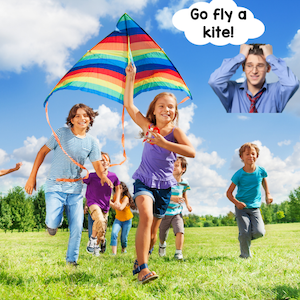


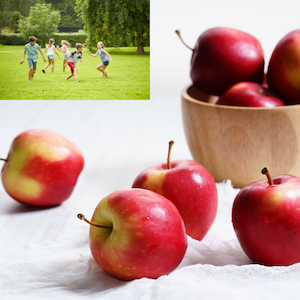






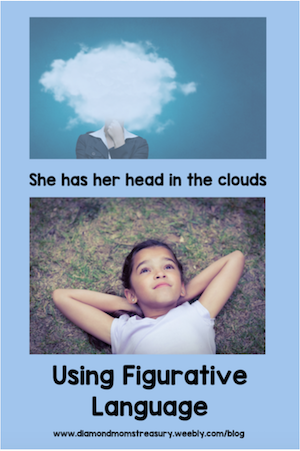

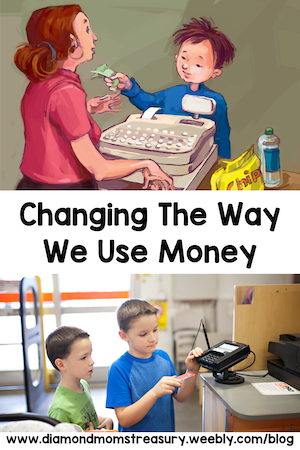





























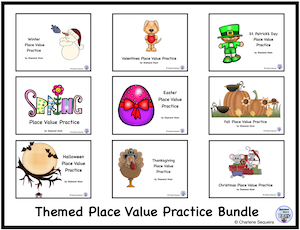
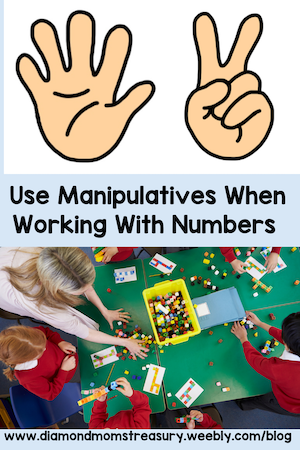


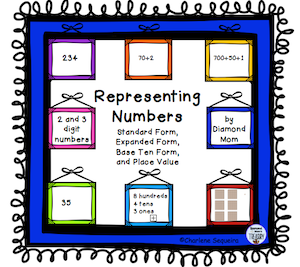




 RSS Feed
RSS Feed